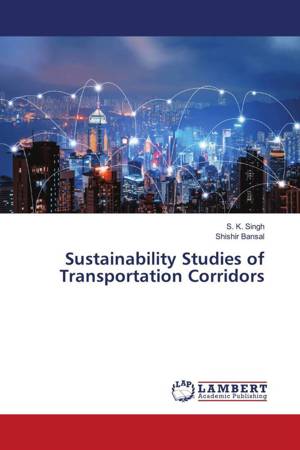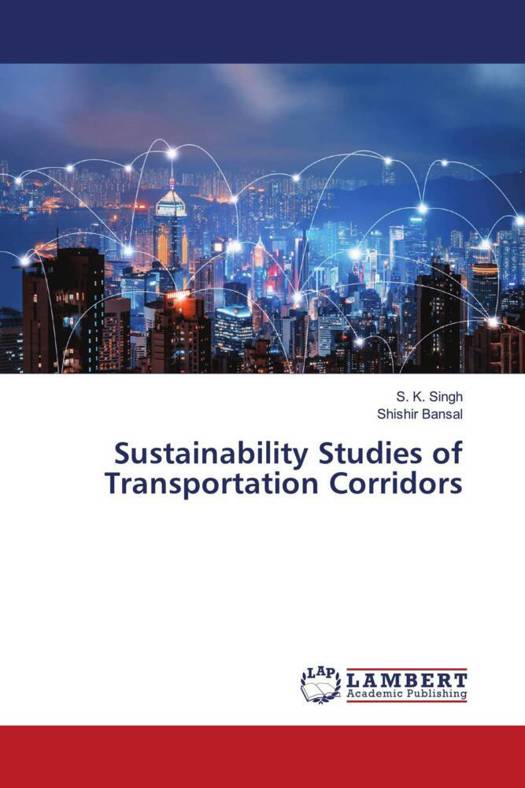
- Afhalen na 1 uur in een winkel met voorraad
- Gratis thuislevering in België vanaf € 30
- Ruim aanbod met 7 miljoen producten
- Afhalen na 1 uur in een winkel met voorraad
- Gratis thuislevering in België vanaf € 30
- Ruim aanbod met 7 miljoen producten
€ 70,95
+ 141 punten
Omschrijving
The most widely accepted concept of sustainability as defined during the Bruntland Commission in 1987 is "meeting the needs of the present generation without compromising the ability of future generations to meet their own needs". The goals of providing sustainable features in the design and construction of transportation corridor in an Urban Environment are to minimise impacts on the environmental resources, consumption of material resources, energy consumption, encourage the use of new and innovative approaches, enhance the historic, scenic and aesthetic context and integrate into the community in a way that helps to preserve and enhance community life, encourage community involvement in the transportation planning process, encourage integration of non-motorized means of transportation and finally find a balance between what is important to the community, to the natural environment and is economically sound. These 3 Parameters i.e. social, economic and environmental are most commonly accepted as three pillars of sustainability.
Specificaties
Betrokkenen
- Auteur(s):
- Uitgeverij:
Inhoud
- Aantal bladzijden:
- 160
- Taal:
- Engels
Eigenschappen
- Productcode (EAN):
- 9786203926606
- Uitvoering:
- Paperback
- Afmetingen:
- 150 mm x 220 mm

Alleen bij Standaard Boekhandel
+ 141 punten op je klantenkaart van Standaard Boekhandel
Beoordelingen
We publiceren alleen reviews die voldoen aan de voorwaarden voor reviews. Bekijk onze voorwaarden voor reviews.










